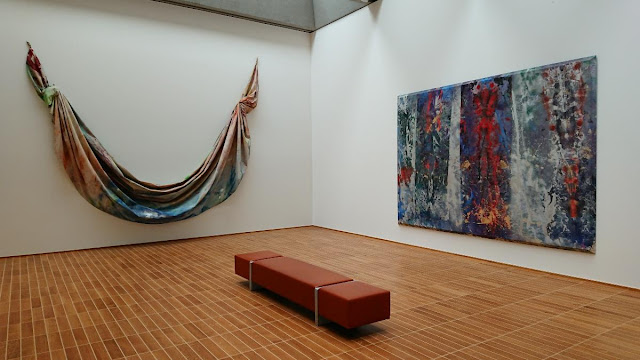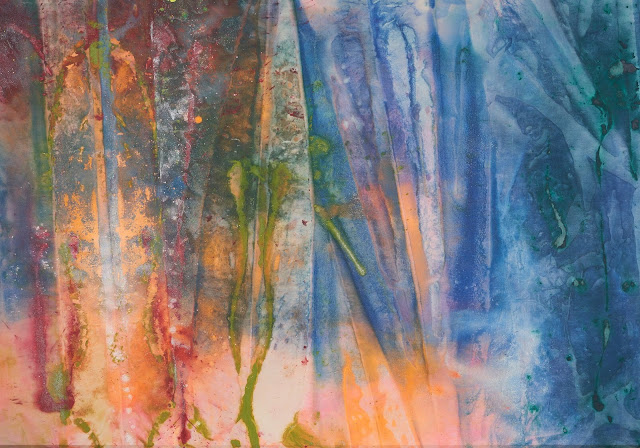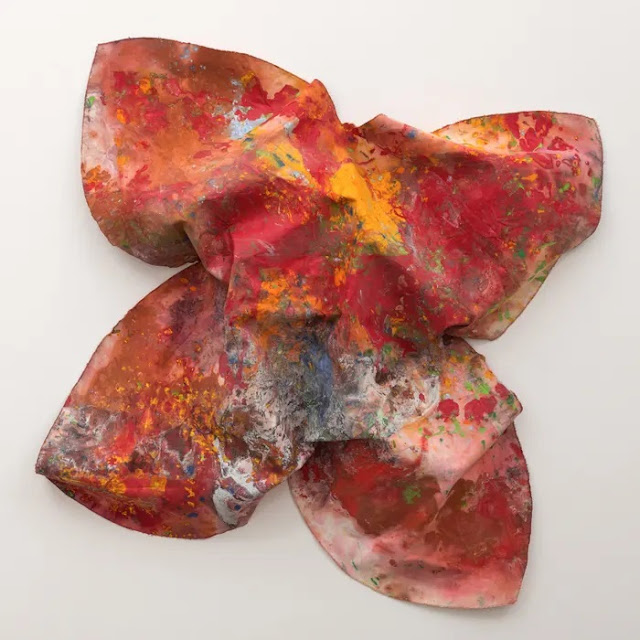Sam Gilliam (1933 – 2022) was an American color field painter and lyrical abstractionist artist. Gilliam was associated with the Washington Color School, a group of Washington, D.C.-area artists that developed a form of abstract art from color field painting in the 1950s and 1960s. His works have also been described as belonging to abstract expressionism and lyrical abstraction. He worked on stretched, draped and wrapped canvas, and added sculptural 3D elements. He was recognized as the first artist to introduce the idea of a draped, painted canvas hanging without stretcher bars around 1965. This was a major contribution to the Color Field School and has had a lasting impact on the contemporary art canon

Painting is like silent poem, said Simonides, poet from ancient Greece.Paintings are icons, doors to the Platonian world above the heavens. Paintings on my blog are just those icons, which lead a viewer into the magic world of harmony and beauty. Artists who present their achievements on my blog have a very different cultural and national background, they represent variety of artistic traditions and schools
Sam Gilliam - American Contemporary Art
"Sam Gilliam is one of the great
innovators in postwar American painting. He emerged from the
Washington, D.C. scene in the mid 1960s with works that elaborated
upon and disrupted the ethos of Color School painting.A series of formal breakthroughs would
soon result in his canonical Drape paintings, which expanded upon the
tenets of Abstract Expressionism in entirely new ways. Suspending
stretcherless lengths of painted canvas from the walls or ceilings of
exhibition spaces, Gilliam transformed his medium and the contexts in
which it was viewed. As an African-American artist in the nation’s
capital at the height of the Civil Rights Movement, this was not
merely an aesthetic proposition; it was a way of defining art’s
role in a society undergoing dramatic change. Gilliam has
subsequently pursued a pioneering course in which experimentation has
been the only constant. Inspired by the improvisatory ethos of jazz,
his lyrical abstractions continue to take on an increasing variety of
forms, moods, and materials."(pacegallery.com)
Subscribe to:
Comments (Atom)











.jpg)






